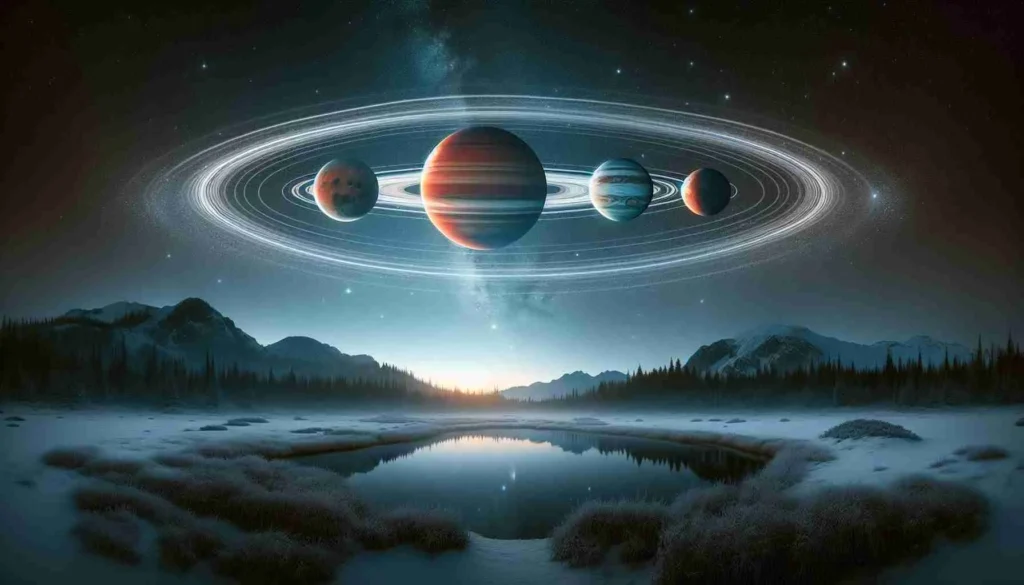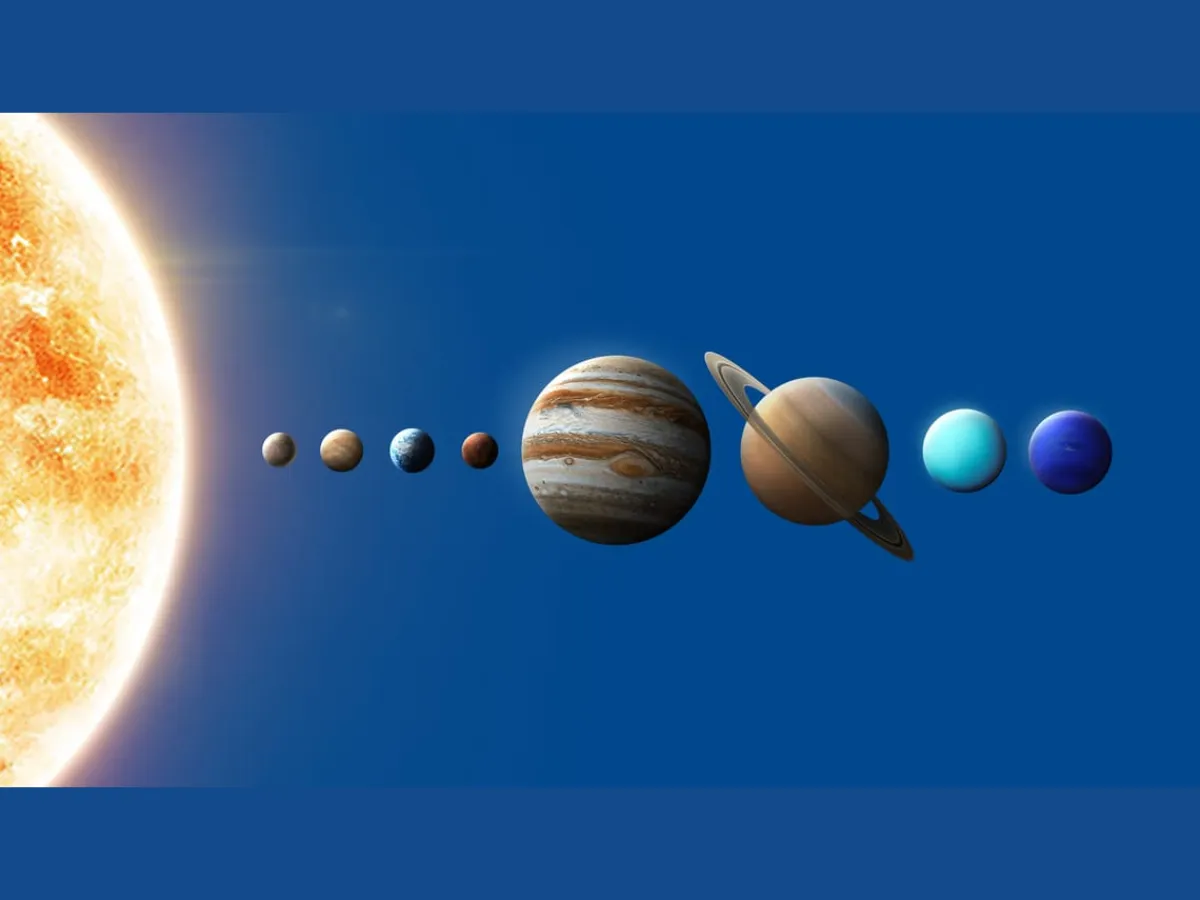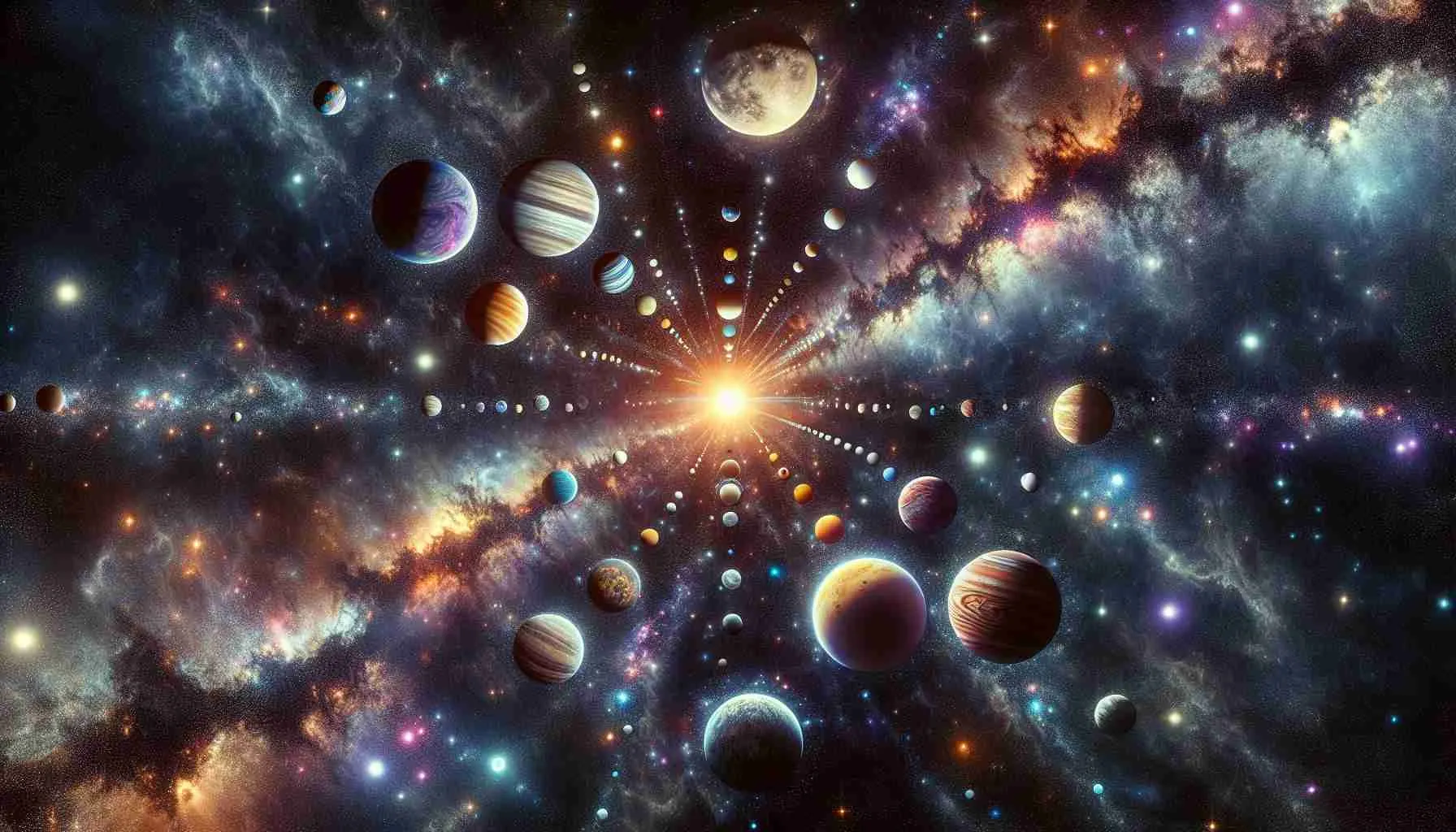
This month, the heavens will treat stargazers to a spectacular display of celestial dynamics as four of our solar system’s planets align in the post-sunset sky. The rare event, occurring between January 21 and January 25, is a prime time for amateur astronomers and sky enthusiasts alike to witness a stunning “Planet Parade”.

Best Viewing Times and Tips
For the best experience, enthusiasts should venture out approximately 45 minutes after sunset. The window extends up to three hours post-sunset, after which Venus and Saturn will dip below the western horizon. This weekend, particularly on Saturday, January 18, offers a special viewing as Venus and Saturn will be within two degrees of each other. Venus, spectacularly bright, will outshine Saturn by 110 times, creating a striking contrast in the twilight.
Mars Shines Brighter Than Before
Adding to the celestial showcase, Mars now radiates brighter than it has since late 2022, positioned below Jupiter. The red planet reached its opposition on January 12, meaning it was positioned directly opposite the sun with Earth in between, bringing it closer to our planet. This proximity makes Mars appear vibrant and distinctly golden-reddish to the naked eye.

The drama in the skies was further heightened on January 13 by the “Wolf Moon,” the first full moon of the year, which occulted Mars for about an hour—a rare event observable from North America.
Moon Joins the Parade
As January progresses, the moon will also make its presence felt in this planetary alignment. On January 31, a crescent moon will cozy up just one degree from Saturn. The following night, it will position itself similarly near Venus. These conjunctions, set against the backdrop of the New Moon on January 29—which heralds the Chinese Lunar New Year—promise to add to the magic of the nightly spectacle.

Embrace the Night Sky
This celestial event is a reminder of the beauty and dynamism of our universe. Whether you’re an avid astronomer or a casual stargazer, the current planetary parade offers a wonderful opportunity to connect with the cosmos. So grab your telescope or just tilt your head up, and let the universe amaze you with its wonders.
